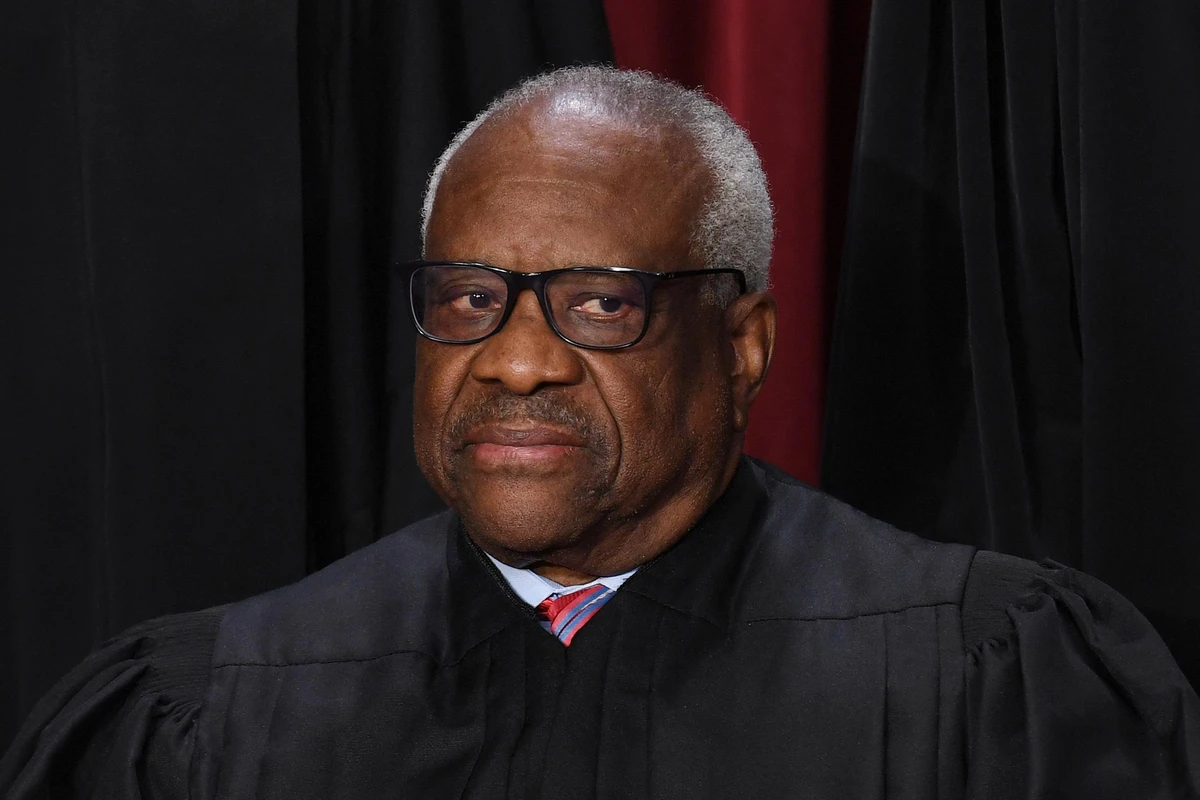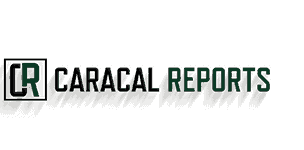Article, FEATURED STORIES, U.S.
Supreme Court Unveils Historic Code of Conduct Amid Ethical Scrutiny

US Supreme Justice Clarence Thomas
In an unprecedented move, the U.S. Supreme Court has released a formal “Code of Conduct,” marking the first time in its 234-year history that such a document governs the behavior of its justices. This step comes amid heightened scrutiny over ethical lapses, including undisclosed gifts and travel accepted by justices from wealthy donors and political figures.
Historical Context
Traditionally, the Supreme Court has operated without an explicit code of conduct, unlike lower federal courts, which have followed detailed ethical guidelines for over a century.
In a statement accompanying the newly released code, the court sought to clarify its intent and address historical perceptions about its ethical practices.
The statement declared, “the misunderstanding that the Justices of this Court, unlike all other jurists in this country, regard themselves as unrestricted by any ethics rules” was one of the main misconceptions the code aimed to dispel. The court emphasized that the new code is not an overhaul of their ethical standards but “largely represents a codification of principles that we have long regarded as governing our conduct.”
Recent investigations by ProPublica and other media outlets uncovered a pattern of undisclosed travel and gifts received by Justices Clarence Thomas and Samuel Alito, sparking demands for greater transparency and accountability at the nation’s highest court.
Justice Clarence Thomas was reported to have enjoyed numerous instances of luxury travel and other benefits funded by wealthy individuals like Dallas billionaire Harlan Crow. Notably, Crow’s gestures included the purchase of Thomas’ mother’s home and funding the private school tuition for a relative under Thomas’ care. In another investigation, it was revealed Thomas’ engagements with influential groups such as the Koch Network, a powerful conservative activist organization.
Justice Samuel Alito’s conduct came under scrutiny when it was disclosed that he had accepted a private jet trip to Alaska, courtesy of a hedge fund billionaire. Further complicating matters, Alito did not recuse himself from a subsequent case involving this billionaire, casting doubts on judicial impartiality and the potential influence of external interests on court decisions.
These instances brought into sharp focus the lack of stringent disclosure and recusal requirements for Supreme Court justices, particularly in contrast to the more rigorous standards applied to lower federal court judges. The absence of clear guidelines meant that such actions, while not explicitly forbidden, went unchecked, contributing to an erosion of public trust in the Supreme Court’s integrity.
Details of the Code of Conduct
The 14-page code, endorsed by all sitting justices, addresses issues ranging from recusal in cases to the acceptance of gifts and political involvement.
A critical aspect of the code addresses the acceptance of gifts and travel. The code outlines standards for what gifts are permissible and emphasizes the need for transparency in such matters.
The code sets forth guidelines for when justices should recuse themselves from cases. This section is key in ensuring that justices do not participate in cases where their impartiality might reasonably be questioned. It’s a direct response to concerns about justices’ potential conflicts of interest affecting their judicial decisions.
Another significant aspect of the code is its focus on preventing improper outside influence on the justices. This provision aims to uphold the integrity of the judiciary by ensuring that justices are not unduly influenced by external parties, whether they be political figures, donors, or other interest groups.
Many of the code’s prescriptions are lofty but vague, potentially leaving much to interpretation. This has raised questions about how the code will be applied in practice and whether it will genuinely serve as a check on justices’ conduct or simply act as a set of guidelines with flexible interpretation. Critics highlight this as a significant oversight, questioning the code’s potential impact on actual conduct.
The new code largely echoes the ethics code that applies to lower federal court judges but with modifications tailored to the Supreme Court’s unique position. For instance, while lower court judges are prohibited from using their judicial office to advance personal interests, Supreme Court justices are prohibited from “knowingly” doing so, a subtle but notable difference.
Expert Opinions and Quotes
Legal experts and observers have expressed mixed reactions. Stephen Vladeck, a law professor at the University of Texas, emphasizes the enforcement issue.
“Even the most stringent and aggressive ethics rules don’t mean all that much if there’s no mechanism for enforcing them,” Vladeck said.
Meanwhile, former federal appellate judge J. Michael Luttig acknowledges the historical significance.
“The Supreme Court’s promulgation of a code of conduct today is of surpassing historic significance,” Luttig said.
Future Outlook
The introduction of the code precedes legislative efforts to impose stricter ethics rules on the court, indicating a growing public and political appetite for judicial reform. The Senate Judiciary Committee has shown interest in establishing a more formal enforcement mechanism, reflecting an ongoing evolution in judicial ethics and transparency. However, the actual impact of the Supreme Court’s code on public perception and judicial behavior remains to be seen.
As the Supreme Court takes this historic step, its effectiveness in restoring public trust and ensuring judicial accountability is under close scrutiny. The debate over the code’s enforcement capabilities highlights a critical juncture in the ongoing discourse around judicial ethics in the United States.

